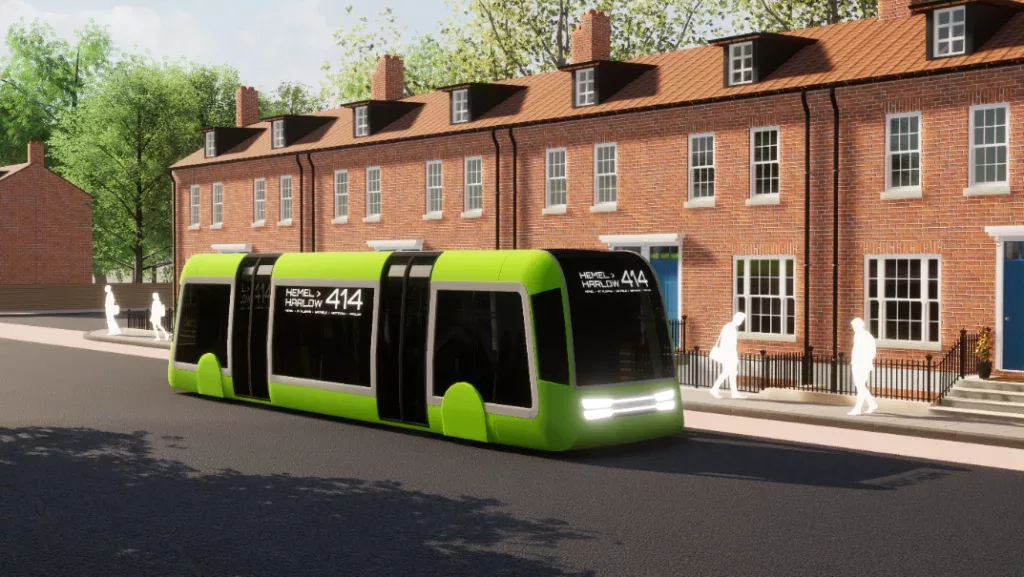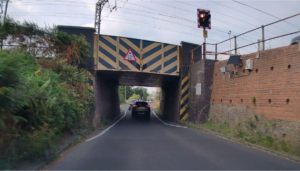Decarbonisation-focussed engineering company City Science has been awarded funding as part of CCAV’s Connected and Automated Mobility programme to investigate a segregated Mass Transit system in Hertfordshire.
The project, Dedicated Driverless Spaces for Integrated Mass Transit, will be part of the Hertfordshire Essex Rapid Transit (HERT) initiative, which aims to create a sustainable passenger transport network, running from Hemel Hempstead/West Watford to Harlow in Essex and onwards to Stansted Airport, addressing congestion and designed to support delivery of 100,000 new homes and jobs.
City Science is supported by the Centre for Connected and Autonomous Vehicles (CCAV), Innovate UK and its project collaborators, StreetDrone, Hertfordshire County Council and England’s Economic Heartland.
The Dedicated Driverless Spaces approach, which overcomes major challenges such as safety, regulations, liability, communications infrastructure and cyber risks, is the most practical option to accelerate the roll-out of AV technology in the UK. The project, based on research conducted by City Science for the National Infrastructure Commission, will position the UK at the forefront of CAV deployment.
Gavin Jackman, Growth Director at City Science, stated: “By investing in autonomous or automated technologies for mass transit, we are able to create a safer and more efficient transport system, leading to a more sustainable future. Removing cars from the road can save the equivalent of up to 3.3 tonnes of CO2 per year, which is why we must continue to investigate the practical use of these technologies and encourage people to switch to public transport. Through this project, we aim to develop a repeatable assessment methodology that can be applied to other routes and schemes and accelerate the widespread deployment of AV technology in the mass transit space. Once adopted at scale, it should deliver considerable benefits for both safety and carbon reduction.”
The nine-month project is expected to deliver a final showcase report before the end of November.
(Picture – HERT)






















